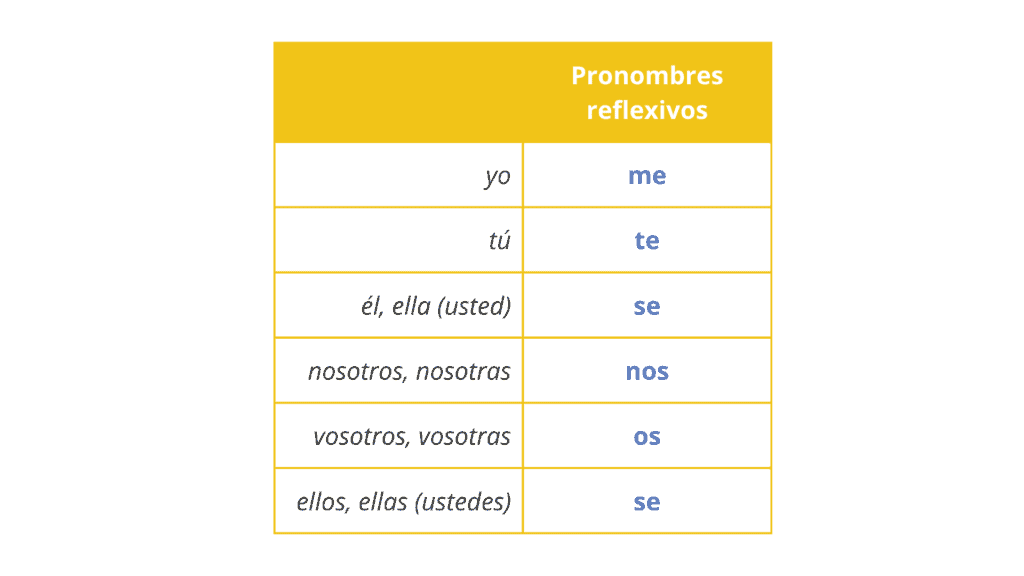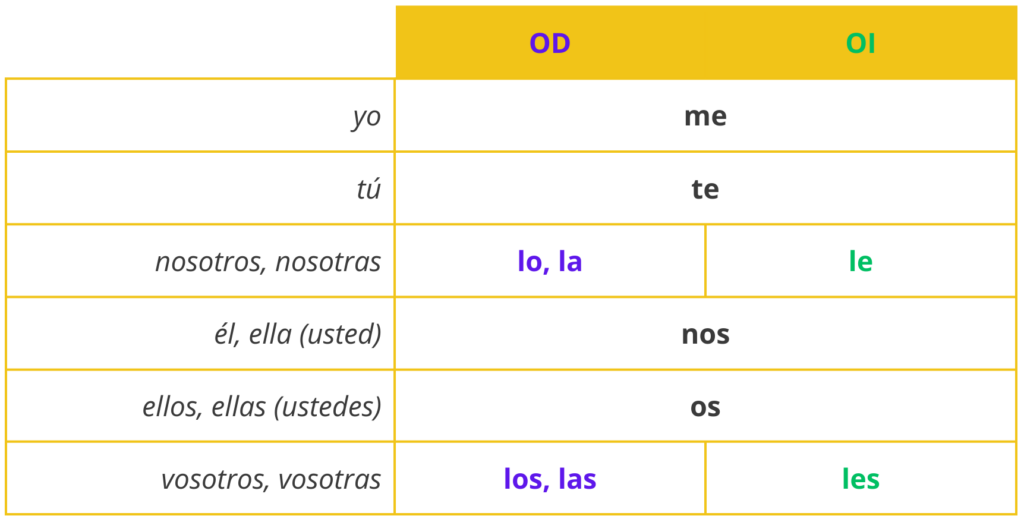Imperative Forms in Spanish: Pronoun Placement

-
Save
After learning how to conjugate the regular and irregular verbs in imperativo in Spanish, and learning all about the negative forms, it’s time to face our fears and deal with the pronouns. Once you’ve read and practised with this post, you’ll be prepared to use the pronouns like a pro. Are you ready?
In this post you'll find:
- Reflexive verbs with imperative forms in Spanish,
- direct and indirect objects with imperative forms in Spanish,
- practical exercises.
Wait a second… Have you missed any of our previous posts about imperative forms in Spanish? Don’t worry! Just click on any of the links bellow and keep learning with us!
Pronoun placement: reflexive verbs with imperative forms
Now that you know how to conjugate the regular and irregular verbs in imperative, afirmativo and negativo, it’s the moment of taking it to the next level. What happens with reflexive verbs in imperative? And with the direct and indirect object pronouns? Read the following examples:
Levántate y haz la cama. Son las 10 de la mañana.
Cómprala en el supermercado y dásela a Martina.
Dime la verdad.
Reflexive pronouns are used before the conjugated verb: me levanto, te duchas, se maquilla, etc., but what about these verbs in imperative? There are two rules:
Imperativo afirmativo: verb + reflexive pronoun (one word)
levántate
Imperativo negativo: no + reflexive pronoun + verb (different words)
no te levantes
Do you remember the reflexive pronouns in Spanish?

-
Save

-
Save
Levantados, levantaos or levantaros? Which is the correct option? Possibly, if you have traveled a lot through Spain (the mainland and Baleares) or if you watch movies and shows in Spanish from Spain, you have heard ¡Callaros! However, it’s NOT correct.
In imperativo afirmativo the second person in plural (nosotros, nosotras) loses the final -d before the pronoun os.
levantad + os > levantaos vestid + os > vestíos
Attention! There’s an exception to this rule: IR.
Id + os = idos or, only in this case, iros
Pronoun placement: direct and indirect objects with imperative forms
Direct and indirect pronouns work in the same way. They’re placed right after the imperativo afirmativo and before the imperativo negativo:
cómpramela
no me la compres
The correct order of the pronouns is always 1. indirect object and 2. direct object:
verb + indirect object pronoun + direct object pronoun
Do you remember the direct and indirect object pronouns?

-
Save
Attention! You can’t use the indirect pronouns le and les before the direct pronouns lo, la, los and las. In these cases you need to replace le / les for SE.
Compra flores a María Den el libro a los estudiantes
Cómpralelas ✘ Dénleslo ✘
Cómpraselas ✓ Dénselo ✓
It’s exactly the same with the imperativo negativo, but the indirect and direct pronouns go before the verb:
No Compres flores a María No den los libros a los estudiantes
No le las compres ✘ No les los den ✘
No se las compres ✓ No se los den ✓
Remember! Remove the final -d of vosotros(as) before the pronoun os in imperativo afirmativo:
Comprad flores a vosotros Dad los libros a vosotras
Comprádoslas ✘ Dádoslos ✘ Compráoslas ✓ Dáoslos ✓
Special cases:
Miren ustedes a nosotros > Mírennos (double -n)
Maquillemos a nosotros > Maquillémonos (remove the final -s from the verb before the pronoun nos)
Let’s practice!

-
Save
Would You like to Take Your Spanish to the Next Level?
Whether you’re a complete beginner or you’re an advanced student, with us you’ll reach the next level of Spanish quickly and easily. With 24 Levels to Spanish fluency, the next level is always close by, so you will never lose motivation.
You can choose between:
In both cases, you’ll learn Spanish using our successful 24 Level System to Spanish Fluency® and our unique Spanish teaching methods.

-
Save













